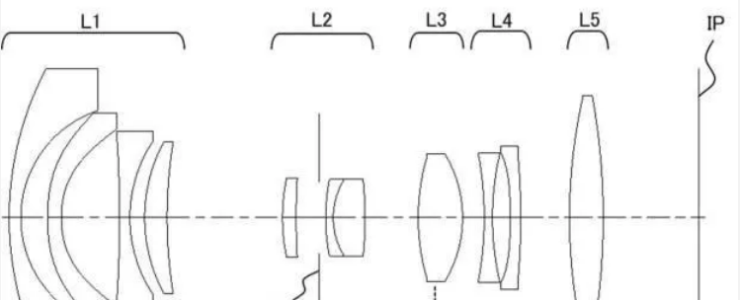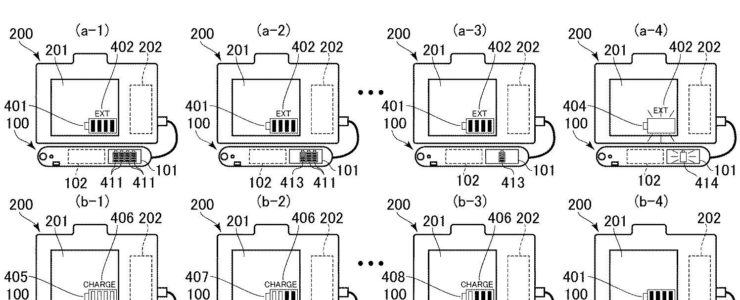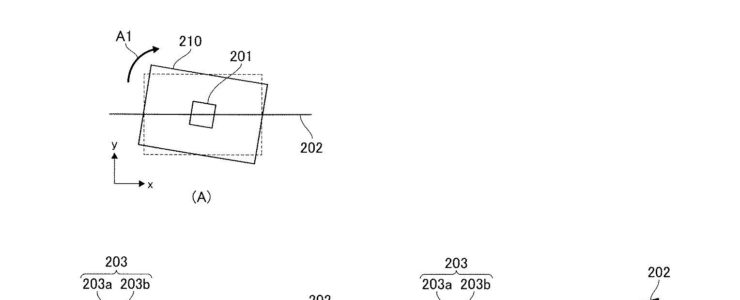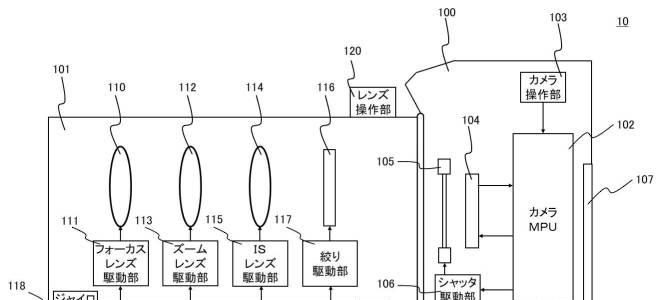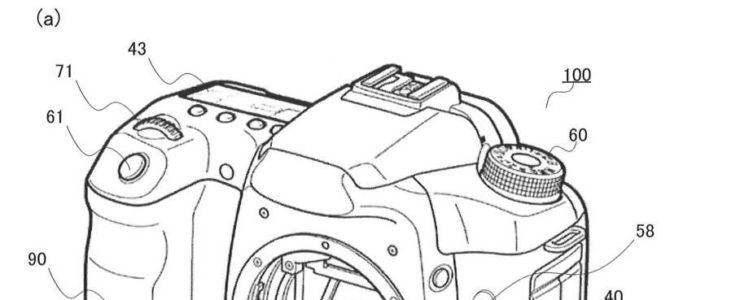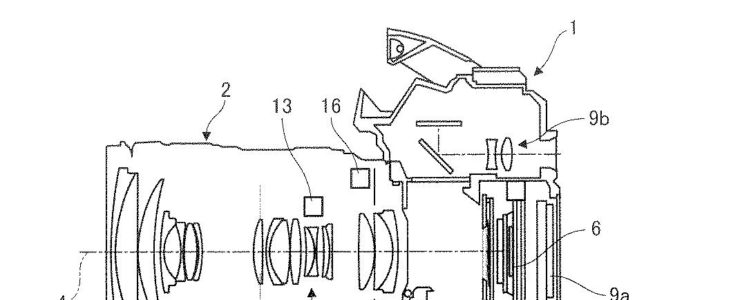Canon Patent: RF 16-30mm f/4-5.6 Lens For The EOR System
Here is another Canon patent application for an RF-mount lens, as usual spotted by asobinet.com.
Canon patent application 2021-148949 (Japan) discusses optical formulas for what seems to be a RF 16-30mm f/4-5.6 lens for the EOS R full frame mirrorless system. From the patent literature:
PROBLEM TO BE SOLVED: To provide a small and wide angle-of-view zoom lens having high optical performance in the entire zoom range, and an image pickup device and an image pickup system having the same.
[…] In recent years, a zoom lens used in an imaging device is required to have high optical performance in the entire zoom range, to be compact and to have a wide angle of view, as the imaging device becomes more sophisticated. As a zoom lens that is small and relatively easy to widen, a negative lead type zoom lens in which a lens group having a negative refractive power precedes (is located closest to the object side) is known. As a negative lead type zoom lens, Patent Document 1 discloses a zoom lens composed of first to fourth lens groups having negative, positive, negative, and positive refractive powers arranged in order from the object side to the image side. ing. Further, Patent Document 2 discloses a zoom lens composed of first to fifth lens groups having negative, positive, positive, negative, and positive refractive powers arranged in order from the object side to the image side.
If it hits the market, this is going to be an affordable lens for the EOS R system, like the recently released RF 16mm f/2.8 STM pancake lens.
Embodiment 1:
- Zoom ratio 1.79
- Wide-angle intermediate telephoto
- Focal length 16.48 22.05 29.50
- F number 4.12 4.79 5.61
- Half angle of view (degrees) 55.80 44.90 35.80
- Image height 21.64 21.64 21.64
- Lens total length 100.88 99.27 100.51
- BF 14.00 16.25 19.80
Embodiment 2:
- Zoom ratio 1.79
- Wide-angle intermediate telephoto
- Focal length 16.48 22.05 29.50
- F number 4.12 4.12 4.12
- Half angle of view (degrees) 55.20 45.00 36.20
- Image height 21.64 21.64 21.64
- Lens total length 110.07 105.92 108.00
- BF 12.80 17.50 21.37
More Canon patents are listed here. Some particularly interesting patent applications we think might get into production are these:
- Automatic shutter silencing based on subject and distance
- A bunch of prime lenses for the RF mount
- An improved Electronic Viewfinder
- Patent application for RF 50mm F1.4 and an RF 35mm f/1.4 lenses
- A zoom lens that might be for an EOS R with APS-C sensor
- A smaller IBIS unit.
- A cooling adapter for the RF mount (R5 overheating?)
- A bunch of macro lenses for the RF mount.
- A 8mm f/4 circular fisheye lens for the Canon EOS R system
- A battery grip that works with differently siszed cameras
- A 100-400mm f/5.5-7.1 lens for APS-C cameras. EOS M or DSLR?
- RF 17-70mm lens for EOS R system
- IBIS coming to the EOS M and PowerShot lineup?
- Patent Application: mirrorless camera with large display and virtual control wheel
- Patent Application: IBIS and Lens IS Working Together
- Patent application for high speed mirror movement and control
- Patent application for an RF 14-28mm f/2 lens
- Patent application for an RF 50mm f/1.8 lens
- Patent application for a smart lens cap
- Patent application for celestial auto-focus
- Patent application describing a Pop-Up Flash With LED
- Patent application describing the optical formula for a RF 70-300mm F/4-5.6 IS lens for EOS R systems
- Patent application describing how to improve burst rate by compressing raw files
- Patent application describing a new way to review photos from a sequential shot
- Patent application that describes technology to improve wireless communication while reducing power consumption
- Patent application to spot and reduce moire artefacts in image data
- Patent application for weather sealed lens adapter
- Patent application for AI powered predictive camera control system
- Patent application for 18-55mm kit lens with LCD display
- Patent application to reduce noise in image files

